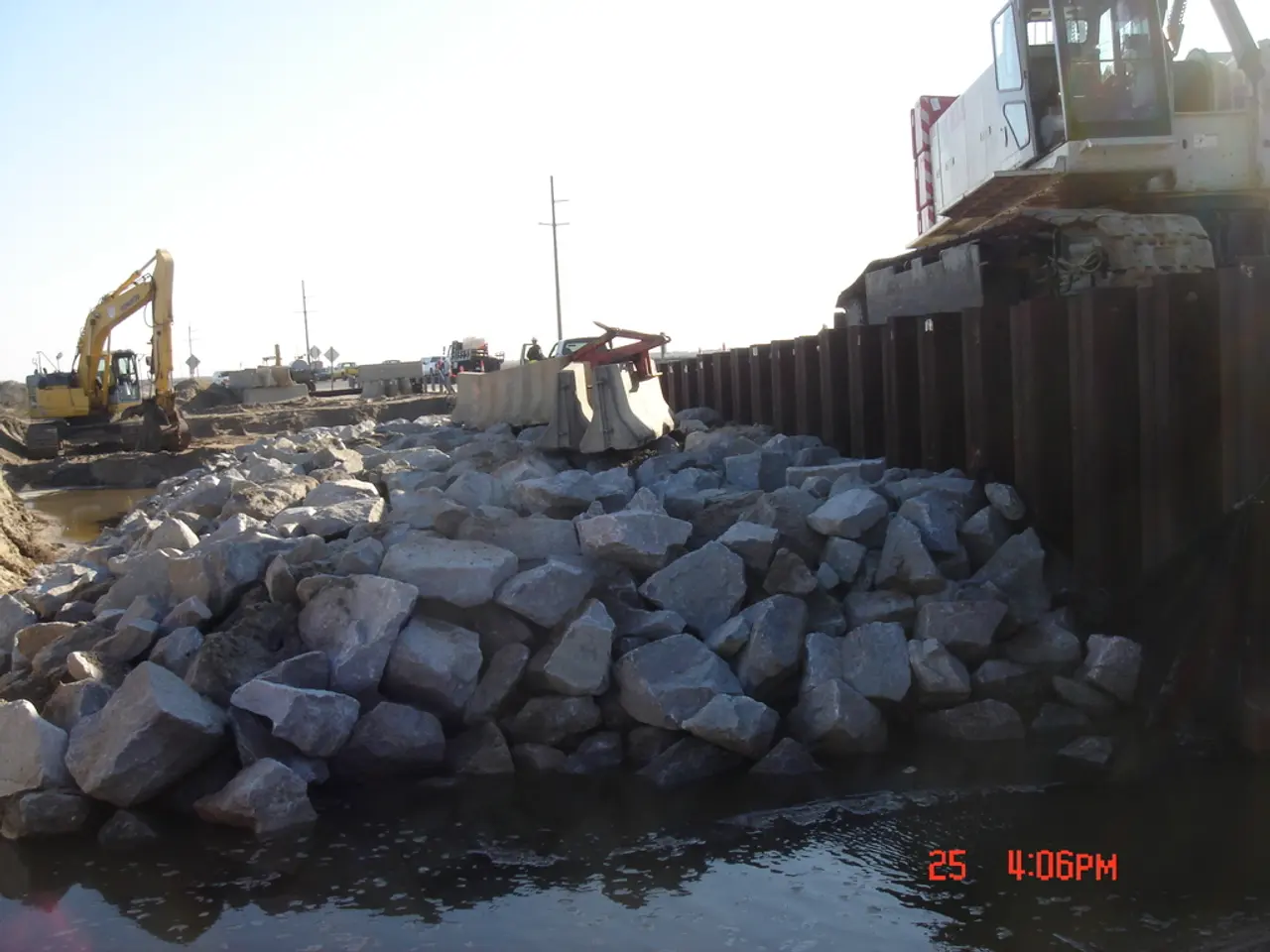Chilean Efforts Intensify to Rescue Miners in El Teniente Mine Before Time Runs Out
In the heart of the O'Higgins Region of central Chile, the El Teniente mine, one of the world's largest underground copper mines, faced a devastating setback on July 31, 2025. A magnitude 4.2 earthquake triggered a significant underground collapse, halting operations and causing multiple fatalities.
Located in the Andes Mountains, approximately 100 kilometers south of Santiago, the El Teniente mine is operated by the state-owned company, Codelco. This mine has more than 4,500 kilometers of underground tunnels and has historically been a major contributor to Chile's copper output, with past production reaching over 418,000 tons of copper annually as of 2006.
The collapse resulted in the loss of one miner's life, and five others went missing. Despite the efforts of over 100 personnel, including experts from the 2010 Copiapó mining rescue, the trapped miners have yet to be found. A rescue team has progressed 4 meters towards the missing miners, with another 16 meters to go.
The incident has prompted scrutiny of mining safety, with Codelco assembling an international panel to investigate causes and recommend improvements. Potential safety enhancements include better seismic monitoring, improved ground support, evacuation protocols, and technological advances such as autonomous mining to reduce human risk.
El Teniente holds critical importance for Chile's copper production. Last year, it produced 356,000 metric tons (over 392,000 tons) of copper, accounting for nearly 7% of Chile's total production. As one of the largest copper mines globally, any suspension significantly impacts Chile’s position as the world’s top copper producer.
Chile is the world’s leading exporter of copper, providing nearly a quarter of the global supply. The collapse represents a major disruption to both Chile’s mining sector and global copper supply. The mine's president, Maximo Pacheco, has stated that they will do everything possible to rescue the five trapped workers.
It is important to note that Chile's mining industry is recognized as one of the safest in the world, with a fatality rate of 0.02 percent last year. However, this incident underscores the need for continued vigilance and investment in mining safety.
In 2024, Chile produced about 5.3 million metric tonnes (5.8 million tons) of copper. Operations at the El Teniente mine have been halted following the accident, and all of Codelco's resources are dedicated to rescuing the trapped miners. The exact location of the missing miners has been detected using specialized equipment, and the earthquake caused a partial collapse at the mine's Andesita unit.
The Chilean National Geology and Mining Service reported the country's mining industry as safe. Nevertheless, the El Teniente collapse serves as a reminder of the inherent risks involved in mining and the importance of continuous safety improvements.
The catastrophe at the El Teniente mine, one of the world's largest underground copper mines, has raised concerns not just in the general-news realm, but globally, as it impacts not only Chile's mining sector but also the worldwide supply of copper. sports, Meanwhile, the search for the five missing miners continues, with a dedicated rescue team making progress and aiming to further enhance mining safety through measures such as better seismic monitoring, improved ground support, and technological advancements in mining techniques.






